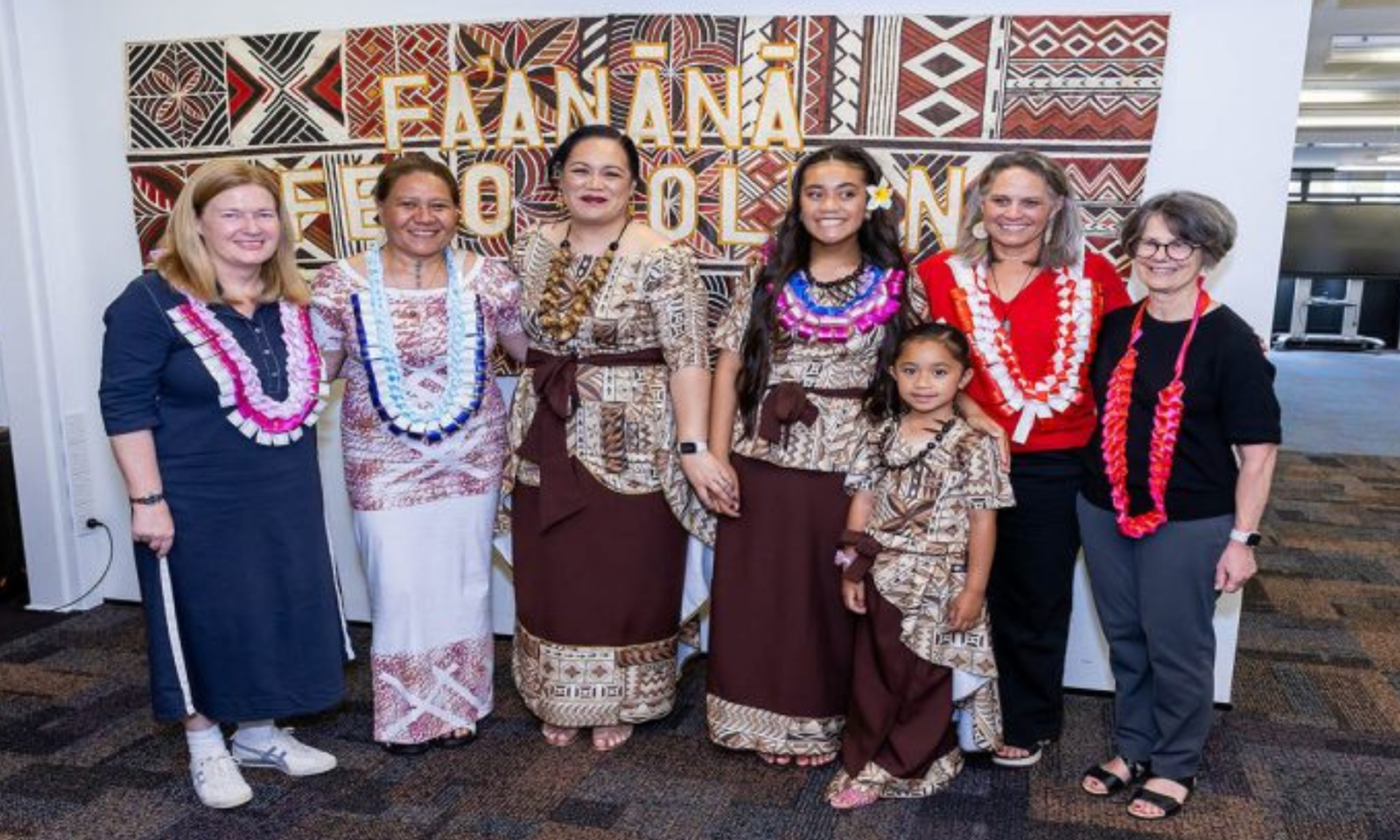
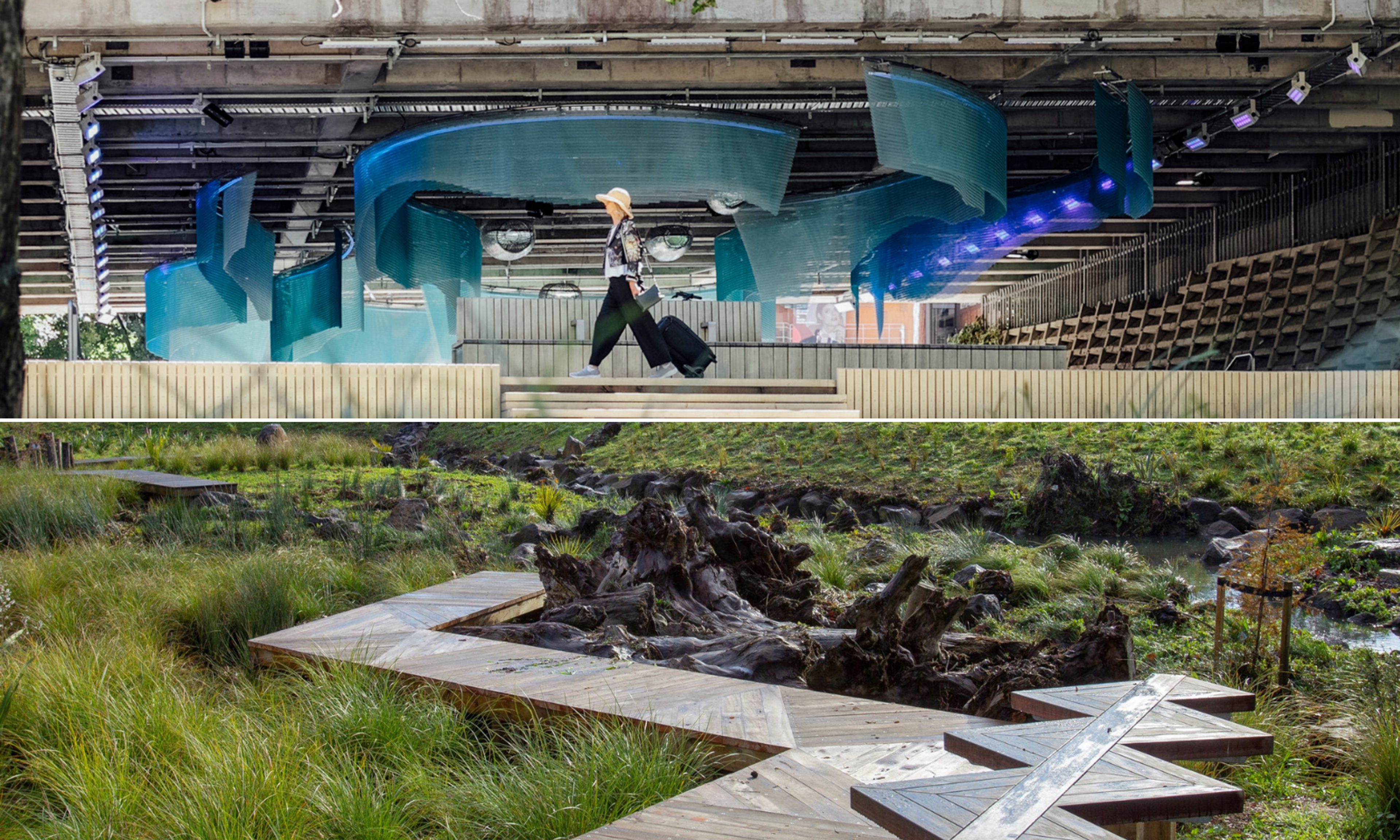
(Top) Waimahara is located by the Basement Theatre in Myers Park in the CBD. (Bottom) Te Auaunga stroll along Oakley Creek through Walmsley and Underwood Reserves.
Photo/Supplied
Parks in Auckland redefine urban spaces: Celebrated for its art and community focus
Three international awards and a national design accolade have put the city’s parks as leaders in creativity, sustainability, and Māori-led storytelling.


Law expert: US boat strike controversy a lesson for the Pacific
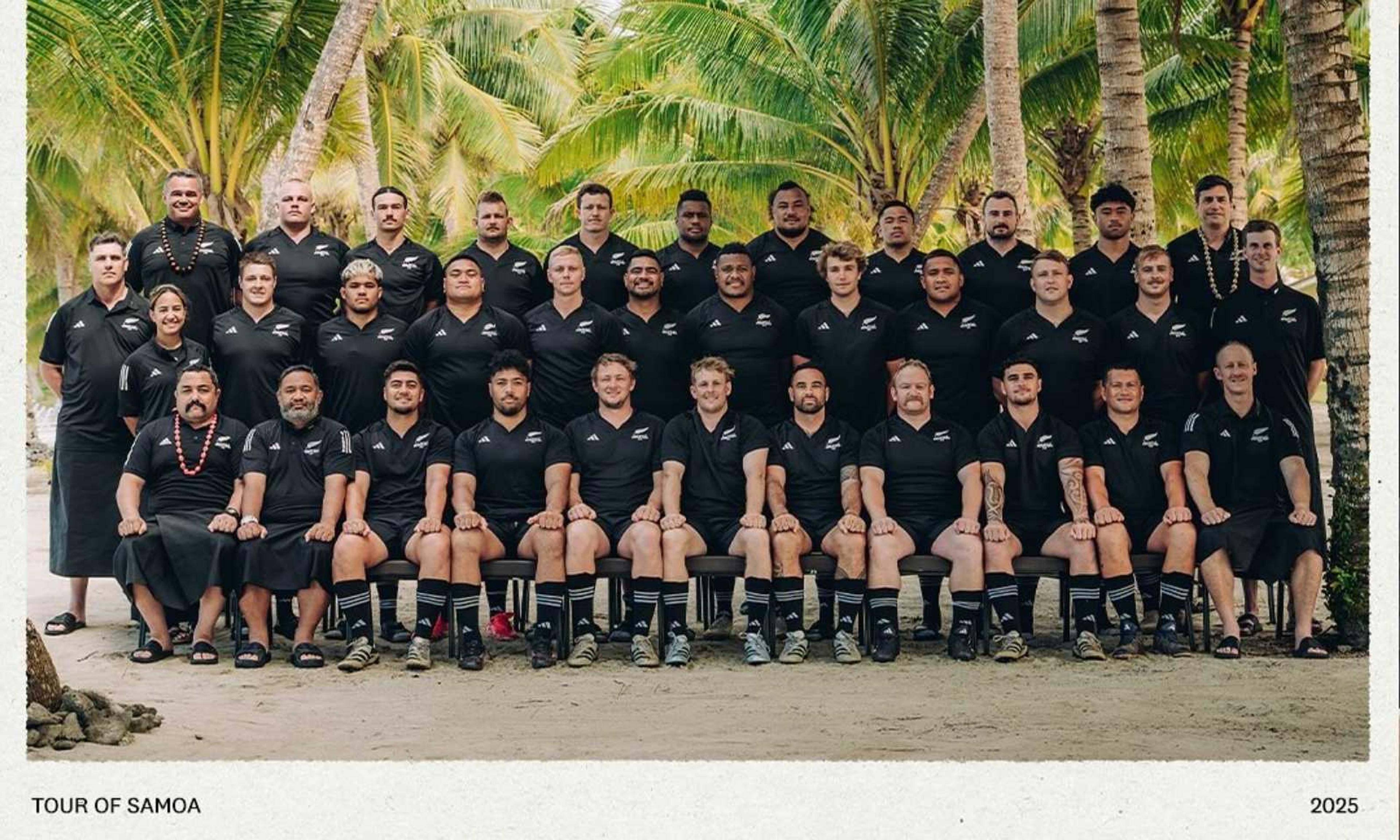
Heartland XV coach reflects on emotional return to Sāmoa

Most New Zealand teachers set for six-figure pay after new deal struck with govt


Law expert: US boat strike controversy a lesson for the Pacific

Heartland XV coach reflects on emotional return to Sāmoa

Most New Zealand teachers set for six-figure pay after new deal struck with govt
Tāmaki Makaurau Auckland’s public parks are proving to be more than just grassy areas. They are earning national and international recognition as spaces where nature, people, and art meet.
At the recent World Urban Parks Symposium 2025 in Istanbul, Türkiye, Auckland Council won three awards, beating over 100 park projects from across the world.
The honours include the Outstanding Large Urban Parks Award for Tōtara Park in Manurewa, the Outstanding New Park Award for Te Auaunga/Walmsley and Underwood Reserves in Mt Roskill, and the Leading Parks Organisation Award.
Back home, the Waimahara project, located in Myers Park, Auckland CBD, received top honours at the prestigious Best Design Awards. Winning gold in both the Toitanga (Māori storytelling and artistic expression) and Spatial categories, as well as the Toitanga “purple pin”, which signifies the overall winner in the category.
David Thomas, Senior Project Manager Public Art at Auckland Council, says urban parks are more than just a purpose beyond providing a space for exercise, socialising, and relaxation.
“They can also be places that feed the soul and spark the imagination,” Thomas says in a statement. “Projects like Waimahara show how art woven into public spaces can create deeper connections with the land, our stories, and each other.”
A creative connection
Waimahara launched in December 2023 and is no ordinary park feature. It offers an interactive sensory experience using light and audio effects, inspired by birdsong, taonga pūoro (traditional musical instruments), and flowing water, all aimed at connecting visitors with the city’s ancestral waterways.
Led by artist Graham Tipene (Ngāti Whātua Ōrākei, Ngāti Kahu, Ngāti Hine, Ngāti Hāua, Ngāti Manu), Waimahara describes the memory of water, specifically that of Te Waihorotiu, the stream that flows beneath the Myers Park underpass into Waitematā Harbour.
Tipene says the goal was to push beyond the traditional gallery experience. “A lot of art galleries, museums, you stand in front of the artwork and look at it. This piece of art I wanted you to walk into it, so that it is below you, above you, on the side of you.
“And then when you close your eyes, there’s the next part of the experience where it enters you and goes down inside you, so that it is all-encompassing.
“For us to have an opportunity like this to express our cultural narratives is important, and we’ve been given a massive opportunity to do that in Tāmaki, where Ngāti Whātua Ōrākei are the ahi kā (continuous occupiers).”
Tipene adds, “Being chosen to be the artist for this isn’t about me, it’s about us as an iwi and our cultural expression, and a reminder that we’re still here and still relevant.”
The Best Design Judges acknowledged Waimahara with the Toitanga Award, recognising its commitment to Māori storytelling and artistic expression through collaborative design. The Spatial Award highlights its success in transforming an “unsafe, unloved corner of the city” into a valued community asset.
“Graham artistically led and shaped the kaupapa, which resulted in this interactive public environment that reinforces manaakitanga and belonging, connecting indigenous insights, knowledge and technology,” Thomas says.
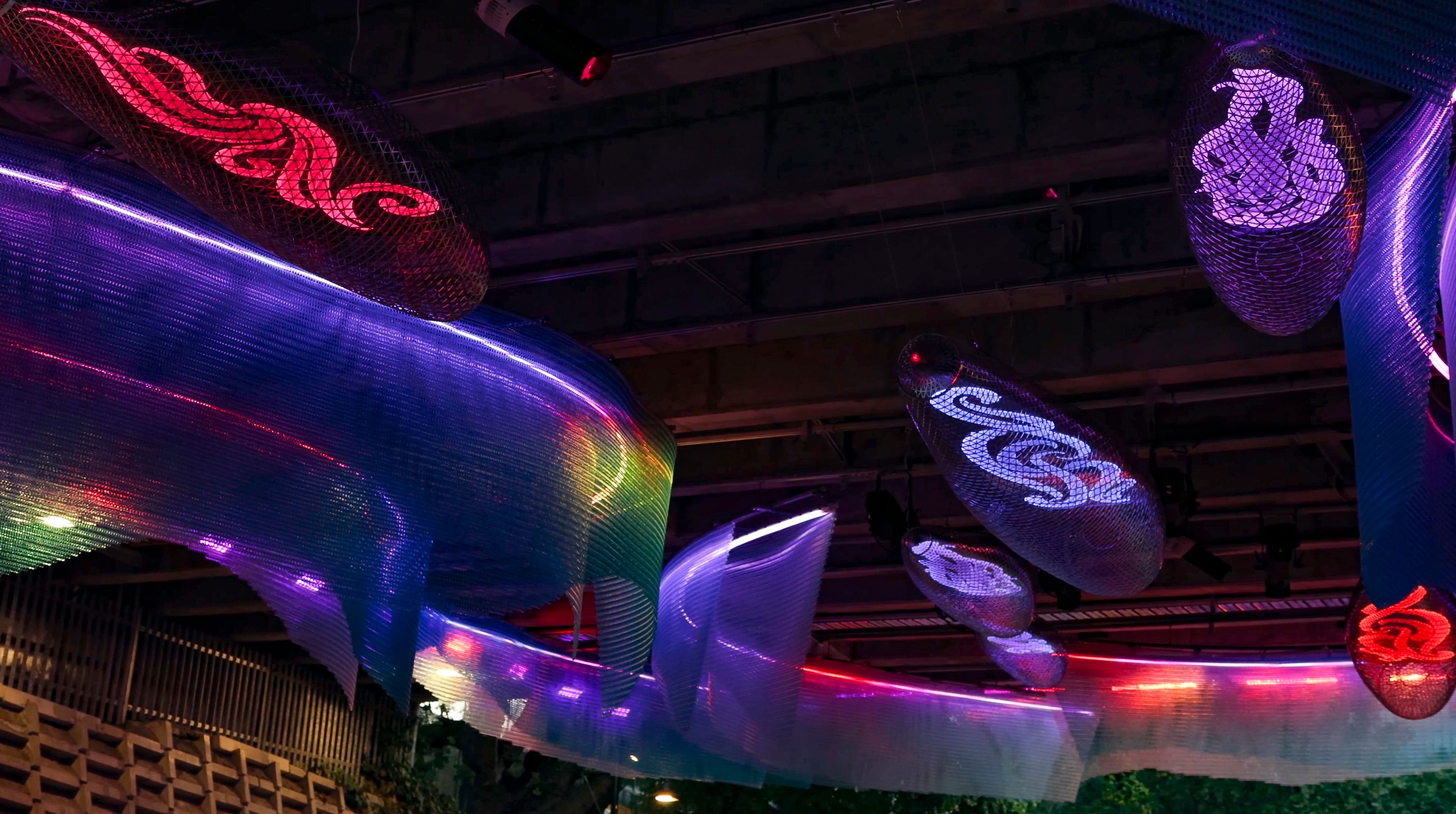
Waimahara interactive artwork is located at the Myers Park underpass. Photo/Supplied
Celebrating global excellence
The wins at the World Urban Parks Awards, celebrating its 10th anniversary (WUP@10), were equally momentous.
Once an overlooked area, the Walmsley and Underwood Reserves, through which Te Auaunga - meaning the swirling waters - flows, have been transformed into a thriving community space.
The new design effectively combines flood protection with natural play zones, gathering spaces, and cultural storytelling, serving as a model for Auckland’s future blue-green networks.
Tōtara Park demonstrates how a beloved green area can change alongside urban development. It blends ecological restoration with recreational activities like horseback riding, swimming, and mountain biking. This shows the co-existence of rural character and city life.
“The winners represent the best of what our profession can achieve; parks and public spaces that connect communities, restore nature, and improve lives,” Michael Boland, Chair of the WUP@10 Awards, says.
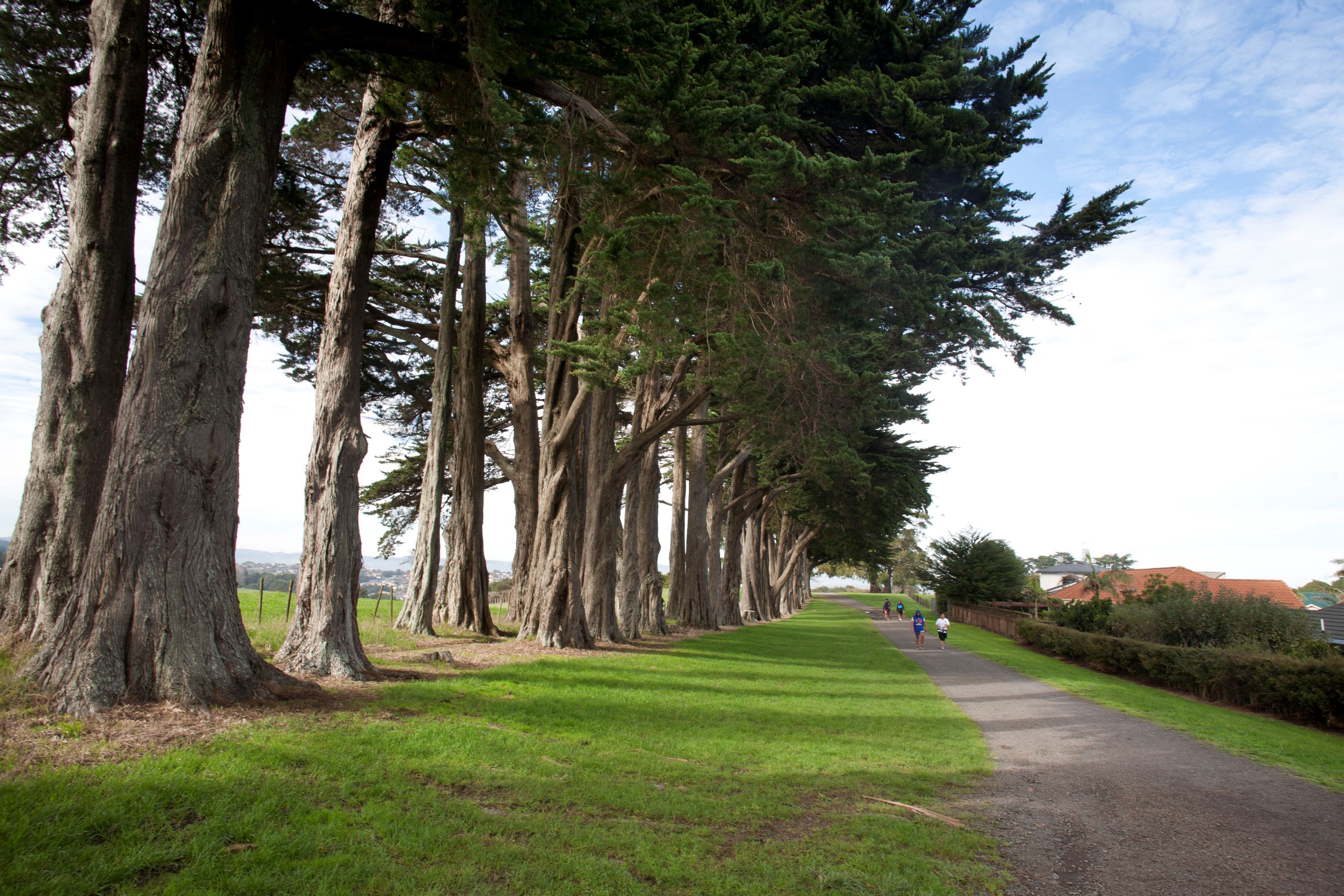
Tōtara Park. Photo/Supplied
Parks with heart, soul, and story
Auckland Council manages more than 4000 parks and reserves that cover 53,000 hectares, making up over 10 per cent of the region. The accolades reflect the dedication and hard work of the Parks and Community Facilities departments in maintaining and preserving these spaces.
In a statement, Taryn Crewe, General Manager Parks and Community Facilities at Auckland Council, says the team is proud to see the city’s parks receiving global recognition as it reflects their commitment to stewardship.
“These awards celebrate the creativity, collaboration and hard work that go into making our parks so much more than just green spaces,” Crewe says.
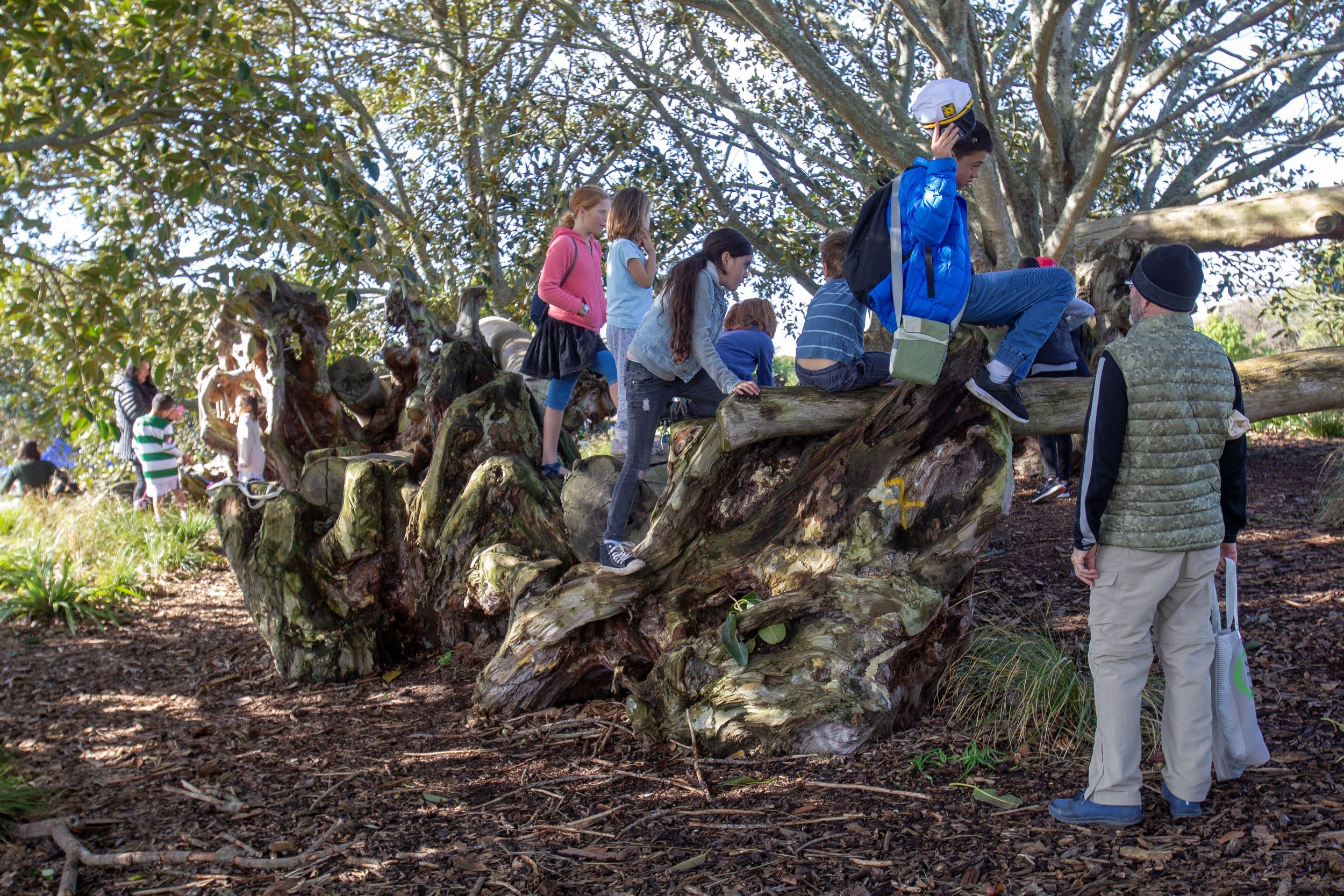
Te Auaunga walkway at Walmsley and Underwood Reserves. Photo/Supplied
“Our vision has always been to make parks central to Aucklanders’ daily lives, whether that’s through a white-knuckle downhill ride, a family picnic, a quiet moment in nature, or discovering art and stories woven into the landscape.
“Recognition like this shows the amazing job kaimahi are doing to plan, design, deliver and maintain open spaces that are not only beautiful, but truly world-class.”